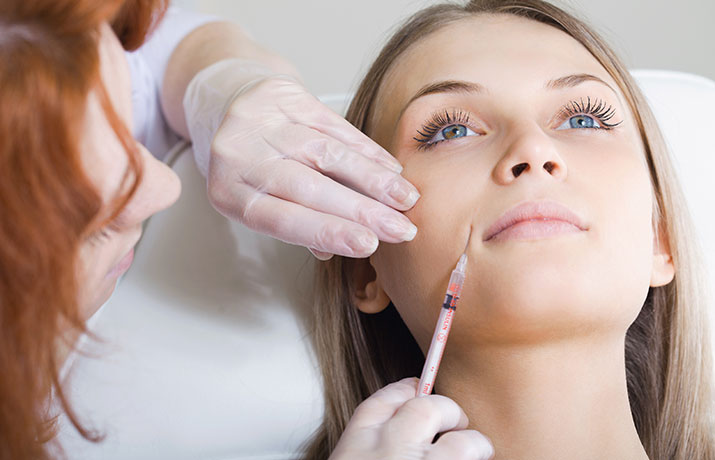If you think you suffer from sleep apnea, we can provide you with the means to conduct your personal sleep study in the comfort and privacy of your own home using the latest technology. Dr. Stan Farrell, who is a member of the American Academy of Dental Sleep Medicine and is board certified with the American Board of Orofacial Pain, seeks to cut your apnea/hypopnea index (AHI) in mild to moderate cases by 50% through the use of an oral appliance. Much of our continued success is due to AZ TMJ Dental Lab, which is operated in-house with top tier personal who oversee the design and fabrication of our splints. The report below from Victor Hoffstein, published in the Sleep and Breathing Journal, supports the findings we have seen in our own patients with a positive review of the role oral appliances can serve in treating patients suffering from snoring and sleep apnea. Call AZ TMJ today, 480-945-3629, to schedule a consultation at our office in Scottsdale, Arizona, just outside Phoenix, with Dr. Stan Farrell to discuss the treatment of your sleep apnea. www.aztmj.com
Victor Hoffstein
Abstract.
Between 1982 and 2006, there were 89 distinct publications dealing with oral appliance therapy involving a total of 3,027 patients, which reported results of sleep studies performed with and without the appliance. These studies, which constitute a very heterogeneous group in terms of methodology and patient population, are reviewed and the results summarized. This review focused on the following outcomes: sleep apnea (i.e. reduction in the apnea/hypopnea index or respiratory disturbance index), ability of oral appliances to reduce snoring, effect of oral appliances on daytime function, comparison of oral appliances with other treatments (continuous positive airway pressure and surgery), side effects, dental changes (overbite and overjet), and long-term compliance. We found that the success rate, defined as the ability of the oral appliances to reduce apnea/hypopnea index to less than 10, is 54%. The response rate, defined as at least 50% reduction in the initial apnea/hypopnea index (although it still remained above 10), is 21%. When only the results of randomized, crossover, placebo-controlled studies are considered, the success and response rates are 50% and 14%, respectively. Snoring was reduced by 45%. Use of oral appliances improves daytime function somewhat; the Epworth sleepiness score (ESS) dropped from 11.2 to 7.8 in 854 patients. A summary of the follow-up compliance data shows that at 30 months, 56–68% of patients continue to use oral appliance. Side effects are relatively minor but frequent. The most common ones are excessive salivation and teeth discomfort. Efficacy and side effects depend on the type of appliance, degree of protrusion, vertical opening, and other settings. (Sleep Breath. 2007 March; 11(1): 1–22)

